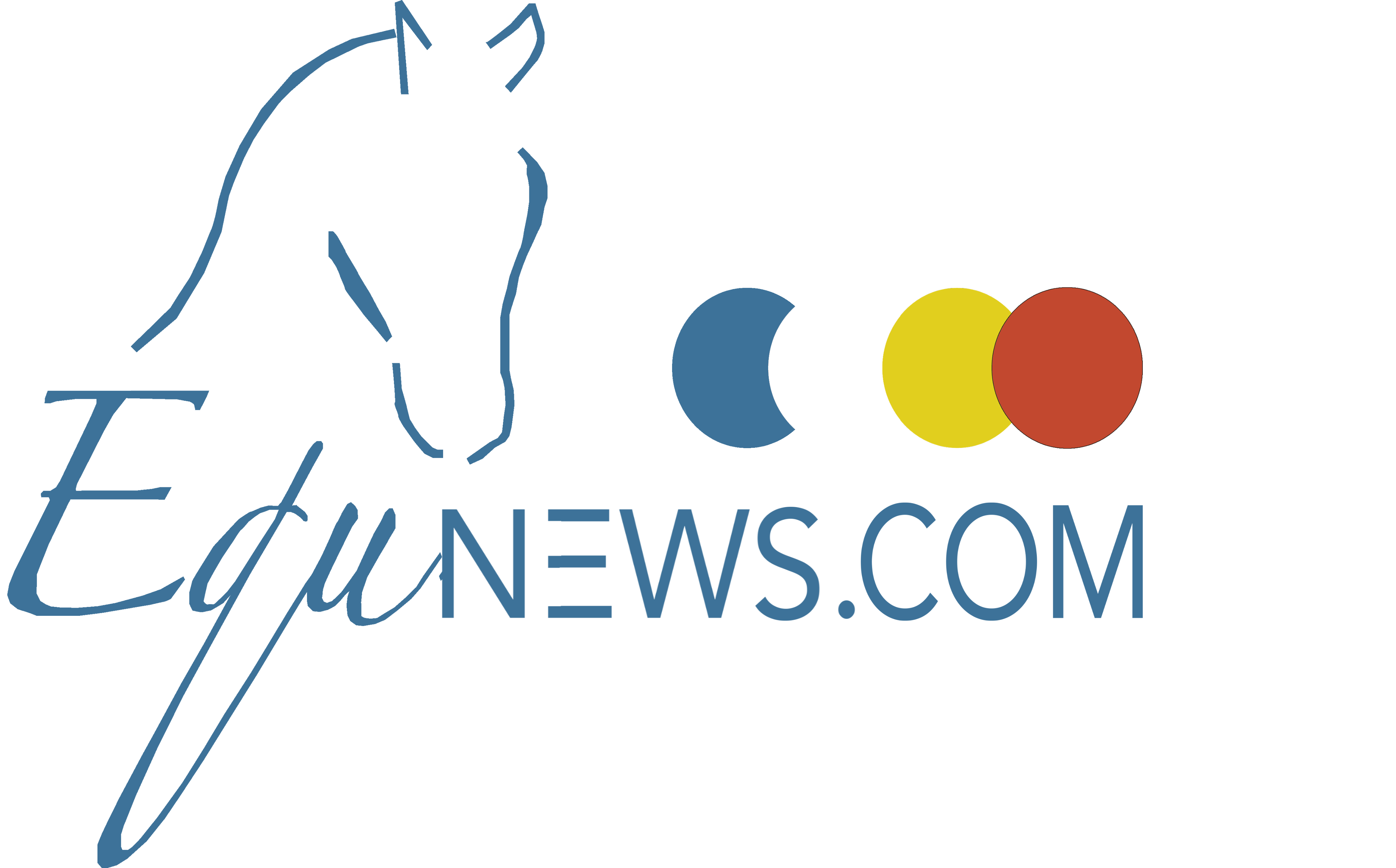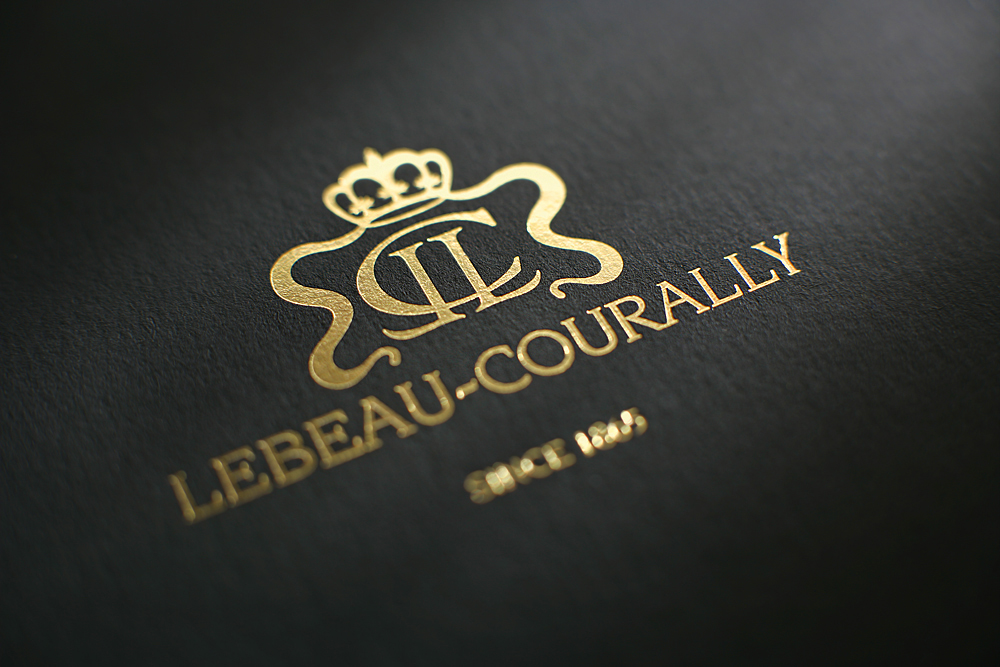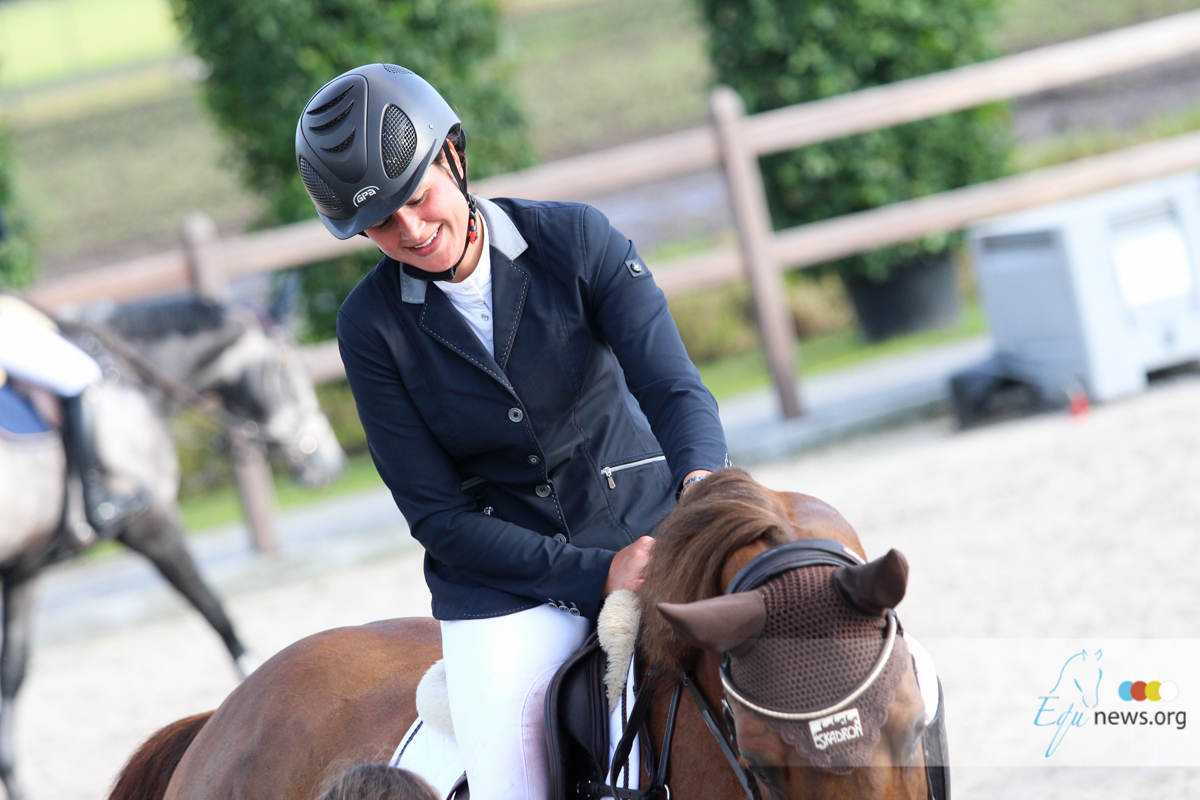Horse riding is like any relationship, communication is essential to have success. That is why most of the horse problems are truly people problems compounded by the rider's inability to comprehend the horse its language. If you are willing to take the time to listen to what the horse is trying to tell you, most of the training problems that we encounter on a daily basis will begin to take care of themselves.
“My horse won’t…” is a clue that there is a communication issue between rider and the horse. Usually the horse has reached the point that he is literally screaming at the rider.
If you are encountering the same problem with your horse on a daily basis, don’t keep doing what you are doing. It will only result in failure after failure. One of the easiest but often overlooked tools almost everyone has at their disposal is a video camera. Whether you have an actual video camera or smartphone, most riders have the ability to record their ride. It's not easy, as you might need to rely on a friend, relative, or ... but if you can make it happen, use the video to improve and refine your training techniques. An added bonus of recording your ride is if you can’t seem to fix the issue or accomplish a task, you can show the video to a local professional trainer to see if they can give you some tips on correcting the problem.
 But here's already some easy advice on how you might handel in case of a communication breach ...
1. Make sure it isn’t a physical problem. Ask yourself, “Is my horse sound, ringing his tail, acting irritated, tossing his head?” These are all signs that your horse is trying to tell you something is hurting or bothering him. Your horse my be achy or tired just like you are in the morning after a hard workout. You need to be observant of what he is trying to tell you. If you don’t listen and force the issue, I guarantee you will end up getting into an argument. A few easy days of riding over a horse’s life will not ruin his career, but ignoring the signs that a horse is sore and hurting can turn that injury into a career ender.
2. Ask yourself how you would react in a situation. And take in account the schedule. Horses are not machines. They need time to relax and recover after a hard ride and spend some time just being a horse. They also have good and bad days and get sore and tired. Just because you are feeling great and want to work on stopping or lead changes or half passes, your horse might not be 100% that day. Ride with a mental checklist of what you are looking to accomplish on that particular ride. Start your warm up and see if your horse is working like your partner. Once warmed up, start your exercise and work on your problems areas. Accept small improvements and move to the next skill. Don’t drill and drill and drill and drill. When he does something well, reward him with a break.
And remember, horses are flesh and bone with feelings. Treat them with respect, listen to their needs and they will always try to please you.
But here's already some easy advice on how you might handel in case of a communication breach ...
1. Make sure it isn’t a physical problem. Ask yourself, “Is my horse sound, ringing his tail, acting irritated, tossing his head?” These are all signs that your horse is trying to tell you something is hurting or bothering him. Your horse my be achy or tired just like you are in the morning after a hard workout. You need to be observant of what he is trying to tell you. If you don’t listen and force the issue, I guarantee you will end up getting into an argument. A few easy days of riding over a horse’s life will not ruin his career, but ignoring the signs that a horse is sore and hurting can turn that injury into a career ender.
2. Ask yourself how you would react in a situation. And take in account the schedule. Horses are not machines. They need time to relax and recover after a hard ride and spend some time just being a horse. They also have good and bad days and get sore and tired. Just because you are feeling great and want to work on stopping or lead changes or half passes, your horse might not be 100% that day. Ride with a mental checklist of what you are looking to accomplish on that particular ride. Start your warm up and see if your horse is working like your partner. Once warmed up, start your exercise and work on your problems areas. Accept small improvements and move to the next skill. Don’t drill and drill and drill and drill. When he does something well, reward him with a break.
And remember, horses are flesh and bone with feelings. Treat them with respect, listen to their needs and they will always try to please you.
About ... horsie problems
-
categories: Lifestyle



